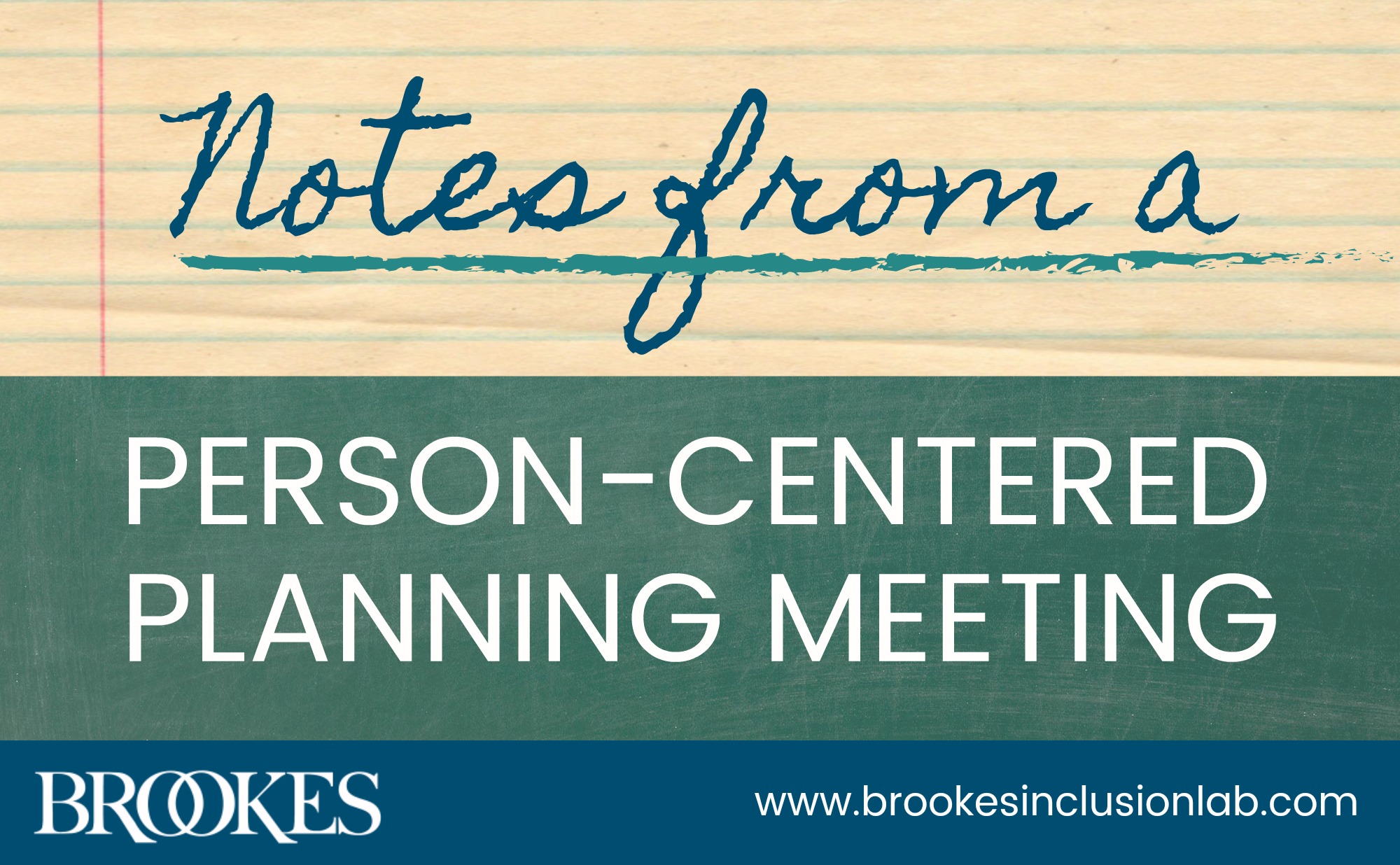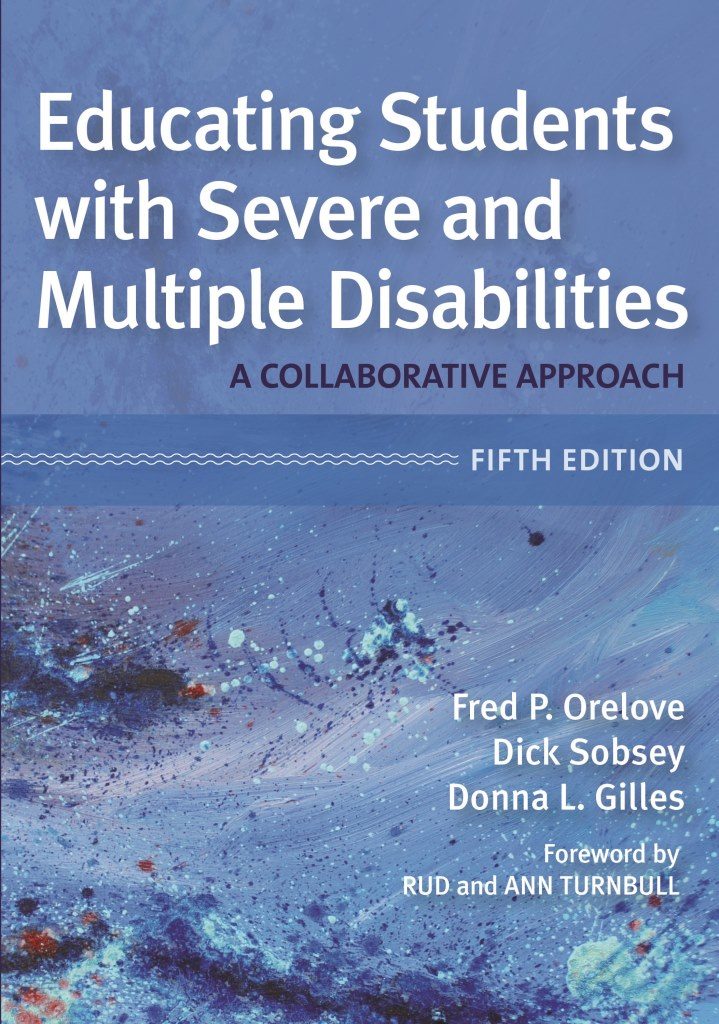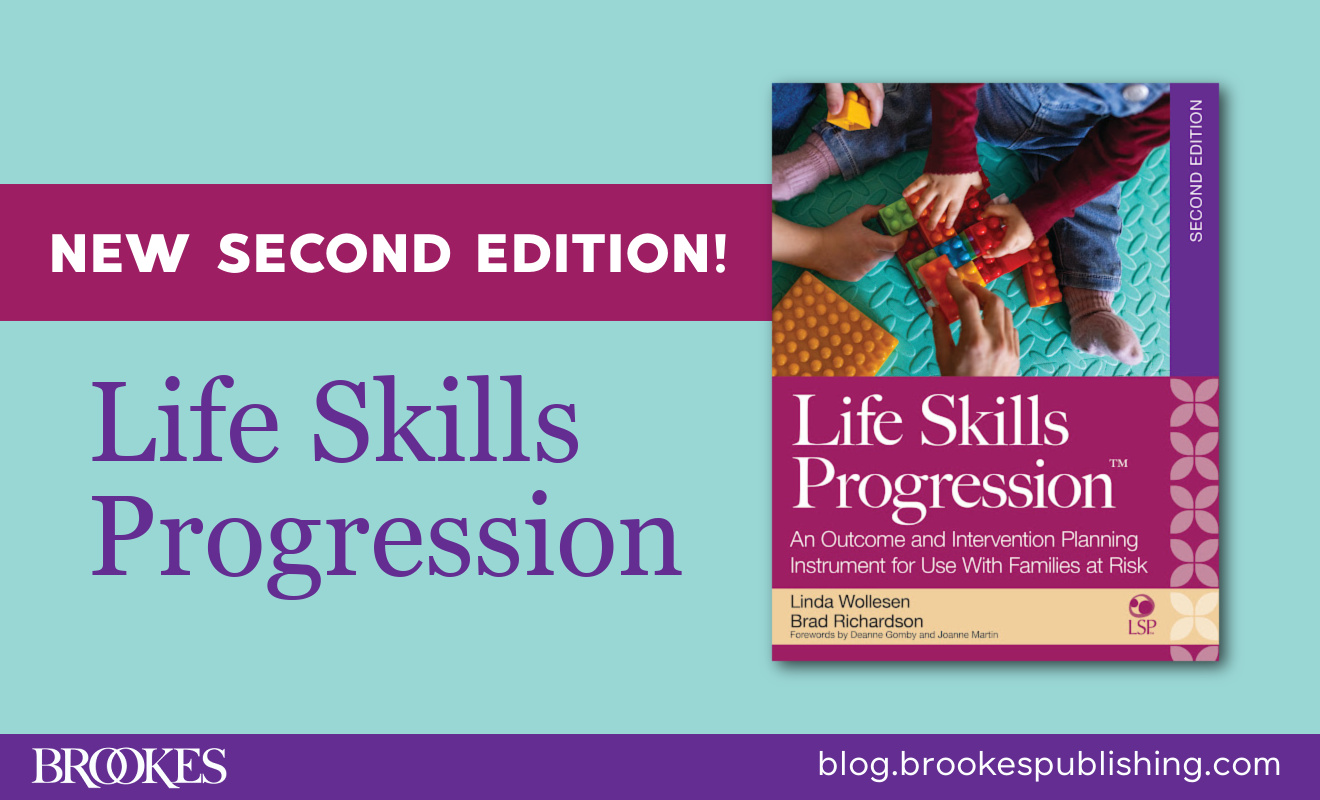Notes from a Person-Centered Planning Meeting
July 23, 2019
To ensure the best outcomes for learners with disabilities this year, your whole school team—including the student and their family—needs to agree on a clear vision for the student’s future and the goals and dreams they want to work toward. The best way to accomplish this as a team? Conduct a person-centered planning meeting to develop a collaborative vision for the student’s desired future.
Held before the student’s IEP meeting, person-centered planning meetings are a great way to:
- develop a profile of the student
- focus on their strengths and abilities
- create a concrete plan for moving toward the student’s ideal future
- determine how your team can work together on the plan and support each other
Person-centered planning meetings include parents and other family members as integral and equal parts of the team. Often, a meeting will start with the student and/or the family “setting the stage” by offering a summary of who the student is, what their strengths and needs are, and what future dreams and goals are a top priority.
In today’s post—excerpted and lightly adapted from Educating Students with Severe and Multiple Disabilities, edited by Orelove, Sobsey, & Gilles—you’ll see this part of the meeting in action through the case story of Jabari, a soon-to-be fifth grader with multiple disabilities who uses a wheelchair and an AAC system. Through notes taken by Jabari’s special education teacher, this post gives you a realistic look inside a person-centered planning meeting—including which questions the meeting facilitator asked, and how Jabari’s family answered them.

Jabari’s parents, grandma, aunt, two cousins, younger brother, the support (special education) teacher, a friend from fourth grade and his mom, his augmentative and alternative communication (AAC) specialist, and his fifth-grade teacher.

Jabari’s mom talked about the wonderful changes she had seen in Jabari since he was included at his brother’s school in the fourth grade. Before fourth grade, Jabari had been riding the bus a long way to a special education class in another part of the community. the long bus ride was hard on him, and he would often get dehydrated, causing headaches. the first year at the new school had a few bumps in the road, but overall they were happy for the change.
Jabari’s grandma can now pick him up when she picks up Jabari’s younger brother from school and walk home. there is still an issue of access, however, because they do not have a wheelchair accessible vehicle at home. This is difficult on rainy days. Jabari’s nutrition and hydration have been a problem since birth, but the school team is working hard to make sure this is taken care of across the day. Jabari’s aunt and cousins and his younger brother all talked about how great it is having Jabari at school with everyone else. Jabari’s dad stressed how much it has helped to provide Jabari with consistent tactile and object cues for routines at home. this has also really helped at school.

Jabari is funny, gentle, obstinate, sometimes happy, sometimes frustrated and angry, a hard worker, searching, “wants to know,” loves bike rides with his dad.

We would like to see Jabari:
- get better at communicating
- have more ways to play with us
- have ways to contribute more in school and eventually in a job
- travel in the community and on trips
- develop more friendships with other fifth graders
- go to middle school with the same kids he knows from fifth grade
- work with a good middle school team who will know how to teach and include him
- gain weight
- have fewer headaches
- increase his ability to use his hands effectively

Our “nightmare” for Jabari is that he would:
- be segregated again
- have teachers who do not value his contributions and potential
- be sent to a middle school where he has to start over with friendships
- lose weight
- have more health problems

Jabari brings many strengths to the table. He will try hard at things when he is given time and consistent ways of knowing what is going on through tactile and object cuing and appropriate means of giving him input. Jabari also likes to be active, and people should not treat him as if he will break. Jabari loves his family and his friends, and he really knows who is who by their touch and their scent.
He is anticipating routines now, and sometimes he gets upset if things are not quite routine, but in many ways that is a good thing because it shows us that he is thinking and remembering. Jabari likes his object/tactile memory book and the fifth-grade teacher’s room because she has rabbits in there and he has visited before.

Communication is probably Jabari’s biggest need, but also:
- access issues for travel in the community and farther
- tactile scanning and identifying capabilities
- friendships
- modifications and adaptations for participation in fifth-grade activities
- nutrition and hydration plan for fifth-grade schedule
- nonclass activities with peers at school and after-school activity ideas
- playdates
Planning for middle school should start early. Jabari is growing and he will need a new seating system, which should be coordinated with the AAC system for future. We know that pushing Jabari too fast in a new activity does not work; we also know that it is harder for Jabari to learn when he is not given enough time to process and not given enough consistent input. We know that our interactions with him need to be on his terms and include as much hand-under-hand guidance as possible versus moving him through things. We also know that we should not treat him with kid gloves because he likes to play and do things that jostle him.

Here are our next steps:
- Fifth-grade teacher and support teacher collaborate to develop goals related to the content in fifth grade
- Continue to work on the communication system—both expressive and receptive
- Add to the memory book and communication dictionary
- Make sure kids in fifth grade, the teacher, the support teacher, and paraeducators know how to communicate with Jabari
- Make a plan for hydration and nutrition at school
- Work with the regional center on finding ways to have an accessible vehicle funded
- Sign up for paratransit in the community
- Make an appointment for a new seating system
- Visit the middle school where Jabari’s cousins and peers from class will most likely attend
- Begin meeting with the school district to ensure Jabari continues on with his peers
- Develop an instructional matrix to ensure that all the priorities get addressed
Jabari’s special education teacher wrote up this summary with all the above information and included it in his IEP. She also helped Jabari develop a PowerPoint with video clips of things he did in fourth grade to share at his IEP meeting. Together with the general education teacher, she developed a plan for introducing Jabari to new peers in his fifth-grade class during the typical beginning-of-the-year cooperative activities. With this person-centered planning meeting as a foundation and starting point, Jabari was on his way to a great school year that would help him work toward his goals.
Want more case stories, strategies, and guidance on teaching children with severe and multiple disabilities in inclusive settings? Check out the book…
 Educating Students with Severe and Multiple Disabilities
Educating Students with Severe and Multiple Disabilities
A Collaborative Approach, Fifth Edition
Edited by Fred P. Orelove, Ph.D., Dick Sobsey, Ed.D., and Donna L. Gilles, Ed.D.
Presenting a team-based, collaborative approach to inclusive education, this bestselling text is a comprehensive guide to meeting the educational, emotional, and health care needs of students with severe and multiple disabilities. Includes practical guidance on adaptations, assistive technology, communication skills, curriculum design, IEPs, nutrition and mealtime considerations, transition to adulthood, and much more!
EXPLORE IT NOW



Write a Comment
Your email address will not be published. Required fields are marked *
Post a Comment